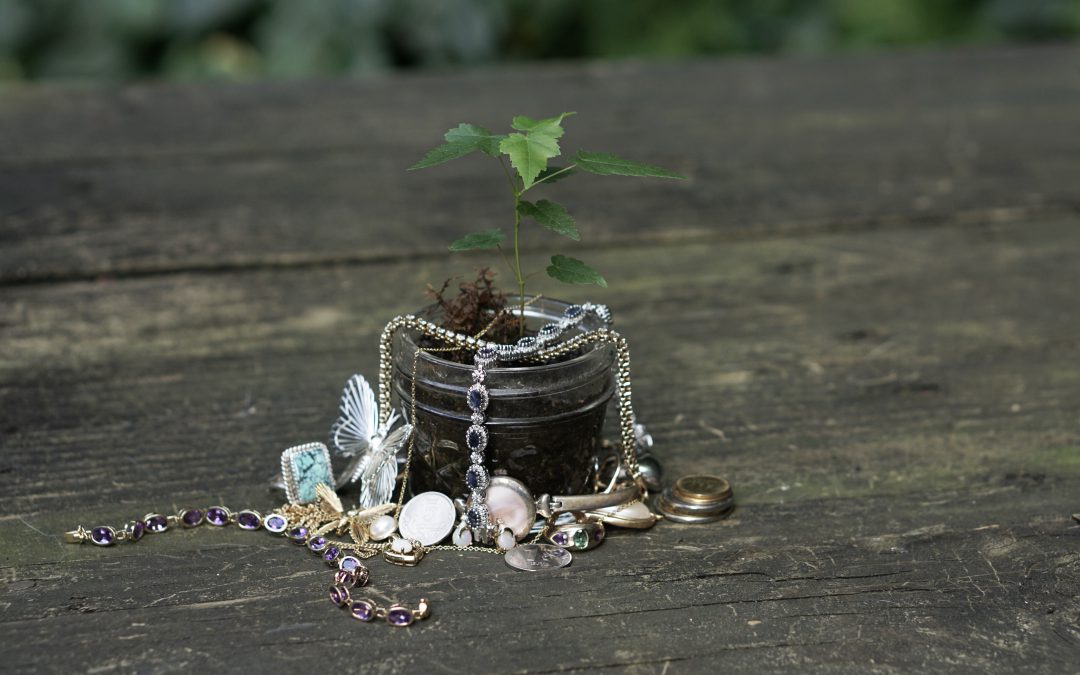
by William | Aug 19, 2020 | Healthy Living, Small Footprint
Admittedly, this blog is for William and I’s own justification of our impending financial commitment in this home, as well as it is for all funders who look at us and say we are nuts. We are. And we hope that this breakdown of some essential building materials and their worth (financially and environmentally) will convince your financial institutions to join us in the insanity and fund our venture in sustainable living.
The home or building you may or may not be currently sitting in as you read this blog, was hopefully built to, and still meets, ‘code.’ When an architect says ‘building to code,’ they are referring to the minimum required building standards set by the International Building Council (IBC). The intentions of ‘codes’ are to create a safety, health, and energy efficiency standard for homes and buildings. The IBC creates a variety of codes that cover all aspects of constructions regarding commercial and residential buildings which can be adopted by local governments. For the purpose of this article, we will be talking about the IBC’s International Energy Conservation Code (IECC) which sets minimum R-values and other measures according to a home or building’s climate zone.
William and I don’t want to build our home to just meet code. We want to thoroughly exceed it. We want to build to Passive House (PHIUS) standards, meet air quality set by RESET, be net positive, and maybe even meet Living Building Challenge standards. We want this home to be bonkers efficient and holistically healthy~ for our family, our builders, and our environment.
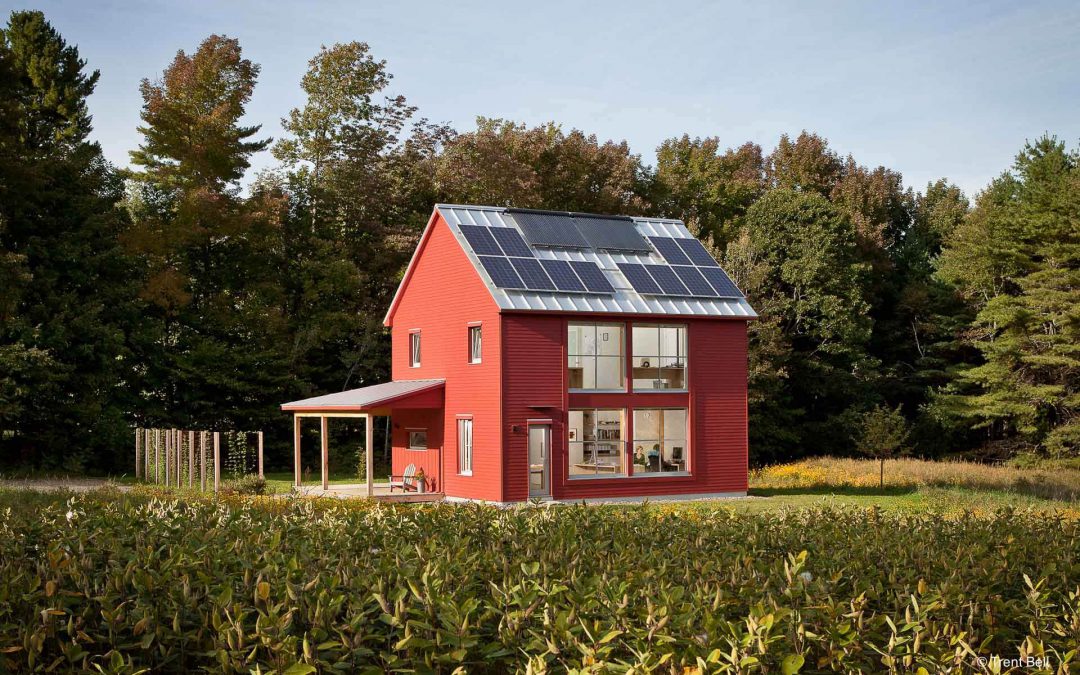
by William | Aug 12, 2020 | Healthy Living, Net Zero, Passive House, Prefabrication, Small Footprint
Dear Readers,
Welcome to our fifth Home Building Curiosity….Go Home! A division of Go Logic, Go Home is a design/build prefab Passive House enthusiast leading the way in energy efficient design and the continuation of learning.
Maine based, Go Homes are inspired by their local region’s natural landscape, as well as by its history, people, and culture.
All of their Go Homes meet Passive House (PHIUS) standards, and are prefabricated through a honed panelization process.
Passive House
An advocate for building homes that have the earth and future generations in mind, Go Home makes all their homes go passive. Achieving Passive House certification means that homes will use less energy, thereby paving the road to being net zero, or even net positive. A house requiring less energy to function, means less energy is needed in the first place.
Their homes’ air-tightness “meets or exceeds” Passive House (PHIUS) standards at .6 air changes per hour at 50 pascals (.6 ACH @ 50 Pa). And their homes are all crazy well insulated, as you shall read in the ‘prefabricated’ section.
They offer heat-recovery and energy-recovery ventilation systems with all of their homes. Three pane, high quality, windows are also utilized and placed accordingly to maximize heat gains from solar energy.
Go Home’s commitment to making not only their homes, but the world, Passive, can be admirably summed up in their last paragraph on their “Passive House” page:
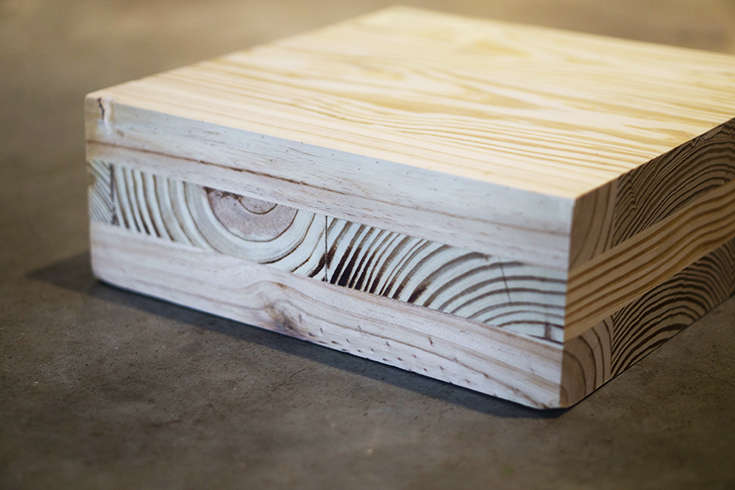
by William | Aug 5, 2020 | Healthy Living
Dear Readers,
We felt like two kids opening a long-anticipated gift. We tore through the plastic covering like hangry barbarians, eager to see this symbol, icon, of our dream…the very structure of our home.
Trash and wrappings strewn around, we admired the beauty of the Southern Yellow Pine. This will be the walls of our home. Our roof. Our floor. The floor our children will learn to walk on, the walls that will be covered in [maybe] heartfelt art projects, the roof which will shelter our family.
Corny. Yes.
But it’s kinda funny how it is our dream. This little block is the beginning step of a crazy, ‘ballsy,’ dream which has had the wind knocked out of it a few times…pardon my French.
I told William that I want to make it into a picture frame. Carve out the middle, and put us and our eventually built home right there, in the center, surrounded by a carbon sequestering, beautiful wooden frame.
Yeah, it’s a block of wood. But it is our block of wood.
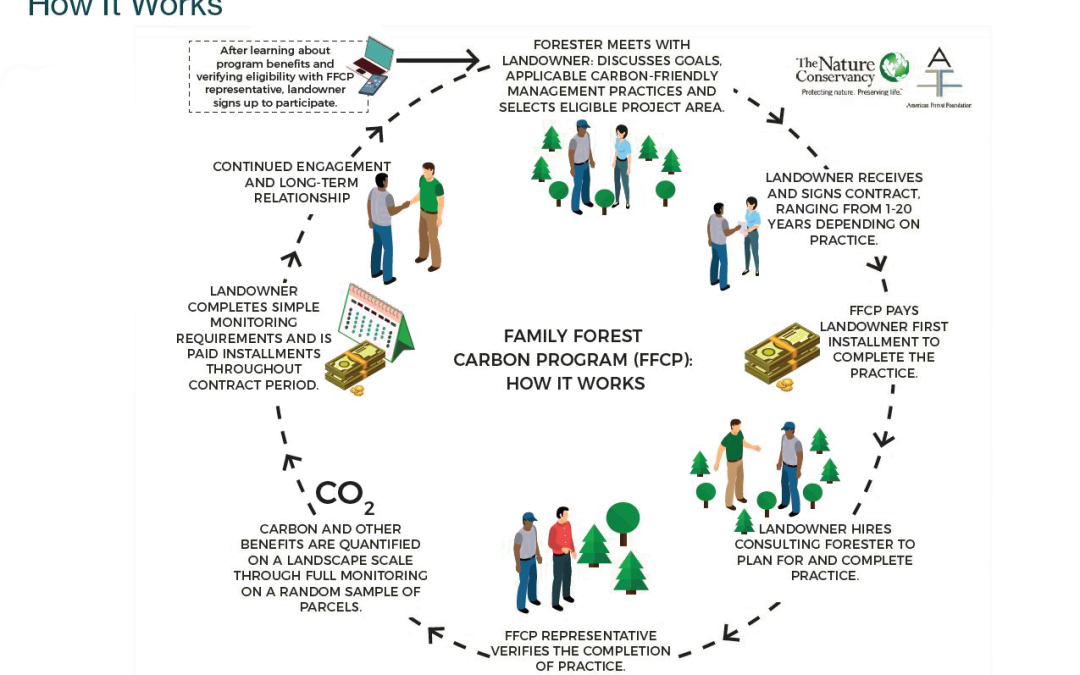
by William | Jul 29, 2020 | Healthy Living, Net Zero, Small Footprint
William and I have been on the property hunt lately, and we have had the opportunity to walk quite a few. We are looking for a wooded piece of land here in our rural county in Central Pennsylvania. Growing up here, we know some of the more productive places to look: certain southern facing properties on mountain ranges, down by certain creeks, away from certain roads. One hard reality that we are witnessing is that many of these properties have either already been logged, or they are old growth forests with trees preemptively marked to be logged.
As I have expressed in “Is CLT Sustainable?”, wood is a beautiful, sustainable resource which has many beneficial uses. We intend to use an incredible amount of it in our own home. However, we should be harvesting our woods in a way that does not have a greater negative impact on forests’ health. Some of the properties William and I have witnessed were devastating. You could tell that ‘low environmental impact’ and ‘sustainable harvesting and regeneration of trees’ was not in the plan when these certain forests were torn through.
After witnessing these properties, it was of even greater discomfort to walk through old growth forests (where there are tons of really big trees), and see all of the spray paint markings on trees to be taken down. Many property sellers do this as a courtesy for potential buyers. The prospective buyers can see what money making trees will help them recuperate some of their economic loss after paying for the property itself. This is a common path many rural land buyers pursue, especially when land is expensive and incomes are low. When over 70% of Pennsylvania forests are privately owned, the treatment of those forests becomes highly significant.
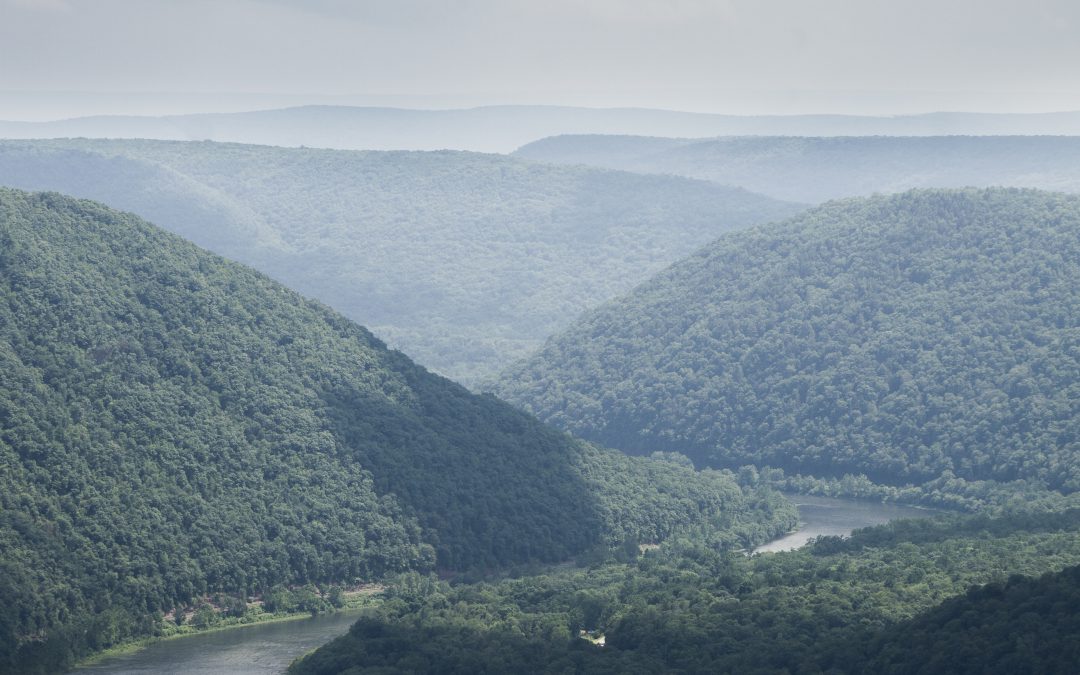
by William | Jul 15, 2020 | Healthy Living, Small Footprint
Dear Readers,
While William and I are getting pretty good at designing and constructing this home of ours in our heads, we do eventually need to actually build it on a real piece of land.
Hence, the looking.
It began with searching on Zillow. Then it proceeded to simply driving around our rural county looking for “For Sale” signs on either entirely untouched pieces of property, or on properties with dilapidated homes disintegrating into the earth.
No luck, not really.
After speaking with the matriarch and patriarch of the Aldrich Family, we discovered that they purchased their property by directly asking the owner if they were willing to sell.
Eureka!
Our hunt expanded ten fold as we began looking for beautiful pieces of untouched properties that weren’t for sale, but could be if we asked.
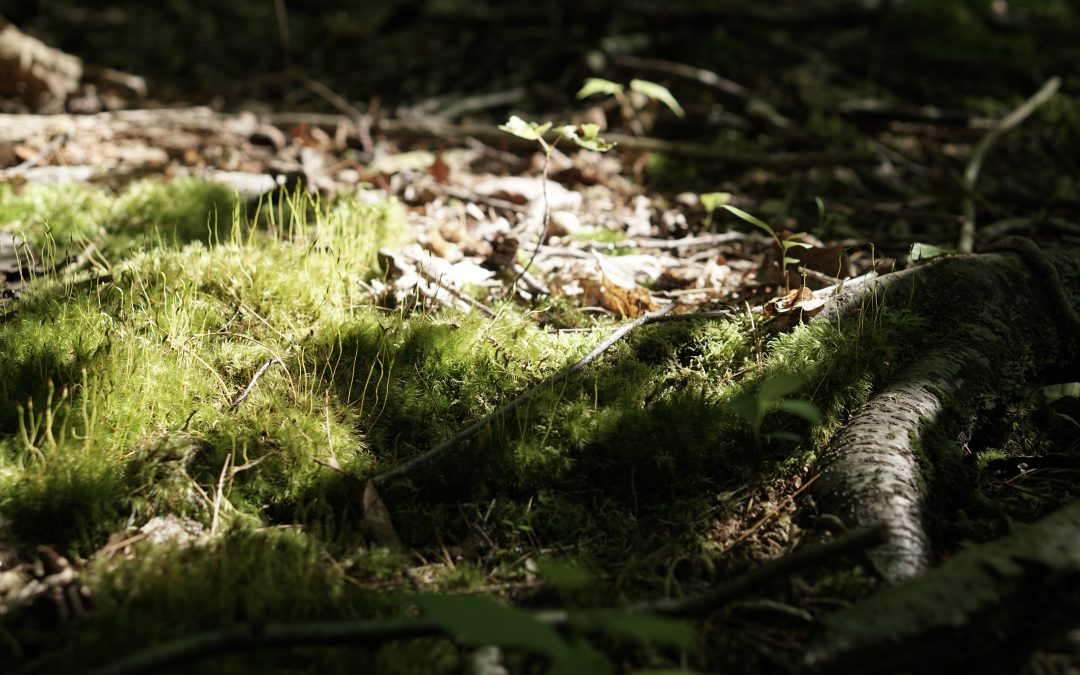
by William | Jul 8, 2020 | Healthy Living, Uncategorized
Dear Readers,
Key Term(s)
Biophilic Design: In simple terms, it is an attempt to bring the natural, outdoor environment, into a home or other indoor space. For example, the usage of raw wood (cross laminated timber!), windows giving views of the outdoors, and moss walls!
For fellow country woodland dwellers, biophilic design may seem unnecessary. All we have to do is walk out our back door, and BAM!
Moss, trees, leaves, ferns, birds, deer, foxes, streams, the occasional goat-eating bear…take a deep breath of earthy air..
…and continue with your day. For more urban-ish inhabitants, their world is less of the natural and untamed…and more of the ‘constructed.’ Especially for those trapped in certain urban areas by economic and social constraints, they walk out onto the street to man-made lights, blacktop, concrete, controlled lawns, sirens, fences, litter, the smell of people and vehicles…
Biophilic design is a way to bring the natural, the color green, back into manipulated, human controlled, environments. This design element improves the overall physical, mental, and emotional health of inhabitants of constructed spaces.
While biophilic design may be more critical to urban environments due to their lack of easy access to the natural, it can still be instilled and valued in rural homes and buildings as well.
For example, just because William and I have both grown up in the middle of the woods, and because we want to build our home and raise our family in the middle of the woods, does not mean we cannot also incorporate biophilic design into our home.
In my parents’ house, I sometimes intentionally leave all the doors open, walk from the outside to inside barefoot, and allow all of the moss, leaves, bugs, and sticks that my bare feet, the wind, and the dogs carry in to remain strewn on our cork floors.
My mom doesn’t appreciate this interpretation of biophilic design…So, William and I are investigating more, ‘less messy,’ ways of having ‘biophilic design’ in our home. As I have mentioned the word probably three times by now, one way is ‘moss.’






